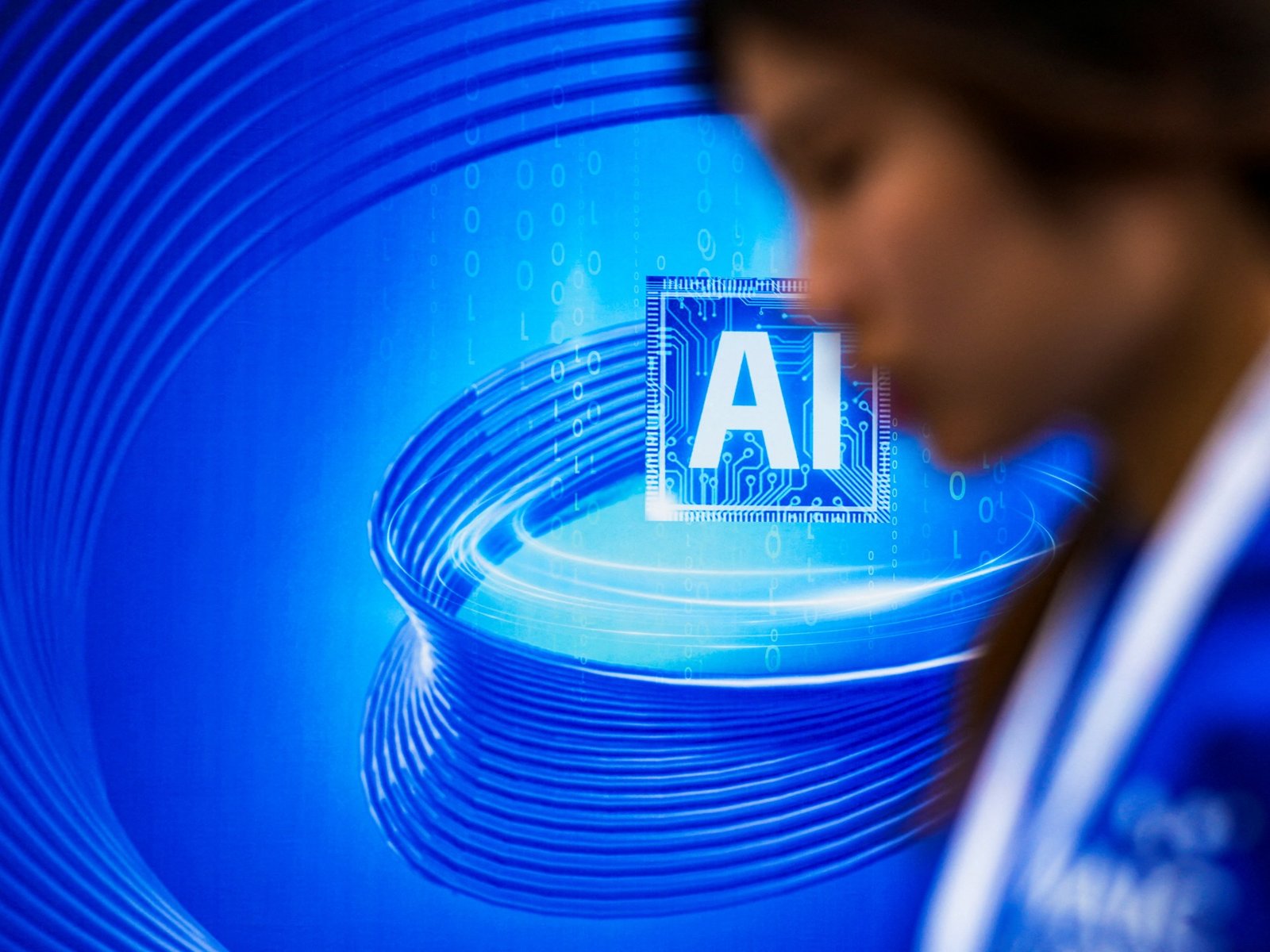China has emerged as the world’s top producer of generative AI patents, but it is struggling to turn many of its ideas into action thanks to US export controls and longstanding struggles with its innovation culture at home.
In July, the UN’s intellectual property agency reported that China had filed more than 38,000 generative AI patents over the past decade, more than all other countries combined.
Chinese companies and institutions rank in the global top 10 patent holders, including Tencent, Ping An Insurance, Baidu, and the Chinese Academy of Sciences, according to data from the World Intellectual Property Organization (WIPO).
Four US companies are in the top 10, but Silicon Valley and US research institutions filed just 6,276 over the same period from 2014-2023. South Korea, in third place, filed 4,155 inventions, followed by 3,409 from Japan, and 1,350 from India, according to WIPO data.
Despite this flurry of activity, however, China is still behind the US in terms of impact because the high number of patents only tells part of the story, according to Van Anh Le, an assistant professor in intellectual property law at Durham University in the United Kingdom.
“The sheer number of patents filed or granted is often mistakenly seen as a direct indicator of innovation. A high volume of patents can be driven by factors unrelated to groundbreaking innovation, such as strategic filings, differing national policies, or even non-innovative motives,” Le said. Patents are also designed to protect innovation but do not necessarily guarantee their commercial success, she added.
Despite the lower overall number of patents, US developers have a clear lead. Stanford University’s 2024 AI Index named the US as the undisputed home of the most “notable AI models” to date, producing 61, compared with 21 from the European Union and 15 from China.

The latest AI boom started with Google’s development of the groundbreaking “transformer” in 2017 – the neural network architecture that underlies generative AI including its large language models (LLMs) like OpenAI’s ChatGPT. ChatGPT’s release in 2022 was another breakthrough – dubbed the “iPhone moment” for generative AI by Nvidia CEO Jensen Huang because that was when the issue entered popular consciousness.
While ChatGPT has been followed by dozens of competitors, including Baidu’s ERNIE bot in China, none seem to have made quite the same splash, however.
Most patents domestic
Competing with Silicon Valley’s deep pockets and resources has always been a challenge, but it has become more challenging since 2022 when the US began imposing export controls on key tech like the NVIDIA A100 chip that has helped power the latest AI boom.
“Although China filed the most generative AI patents in the world, far more than the US, much of these Chinese patents did not and were unable to be translated into forces to help bring [about] the rise of LLMs and other fundamental AI models,” said Alex He, a senior fellow at the Center for International Governance Innovation (CIGI), a Canadian think tank.
“This is because China did not have the required enormous computational power, billions and trillions of high-quality data parameters for large model training, which prevented China from being able to go with the technological route of ChatGPT-like model OpenAI has initiated,” he told Al Jazeera.
Companies like Intel and Nvidia have pivoted to make chips that comply with US regulations for the Chinese market, but Chinese companies themselves are turning to the locally-made Ascend chip series from Huawei, according to a June report from the US-based National Bureau of Asian Research.
Meanwhile, China’s AI industry is also looking inward and focusing more on the domestic market. He estimated that it has only filed 2,926 patents overseas, based on China’s traditionally low rate for overseas applications.
He suggested that many of China’s top GenAI developers like Tencent, Ping An Insurance, the Chinese Academy of Sciences, Alibaba, Baidu and ByteDance are primarily focused on the domestic market as part of their overall business strategy. Companies that are filing patents abroad, by contrast, already have a presence there, like Huawei, ZTE, and Vivo.
AI in China is replacing social media influencers to sell products online 👇 pic.twitter.com/RB6MWFOuJt
— Al Jazeera English (@AJEnglish) August 19, 2023
Many of China’s generative AI patents were also developed for internal use, such as improving company business operations or existing apps.
He said only Baidu, best known overseas for its search engine, has focused on the most innovative AI research and development, but for the moment, they still lacked the advanced AI chips to catch up, He said.
Generative AI patents, led by China’s private tech sector are “better than most” according to He, and driven by “real innovative industry research” to catch up or cash in on demand, but he says there has also been a longstanding problem of rewarding quantity over quality.
Developers and inventors may be incentivised to file patents to secure government subsidies, secure individual promotions, or acquire certification for their company as a “national high-tech enterprise”, said Durham’s Le, rather than to protect a true innovation.
“The Chinese government sees itself as something akin to a large-scale start-up incubator, thinking along the lines of a state-owned equivalent of a ‘Y Combinator’ – just with an outsized heft and a much longer-term investment horizon,” Le said, referring to the American startup accelerator that helped launch thousands of companies like Airbnb, Coinbase, Dropbox, Instacart and Stripe.







